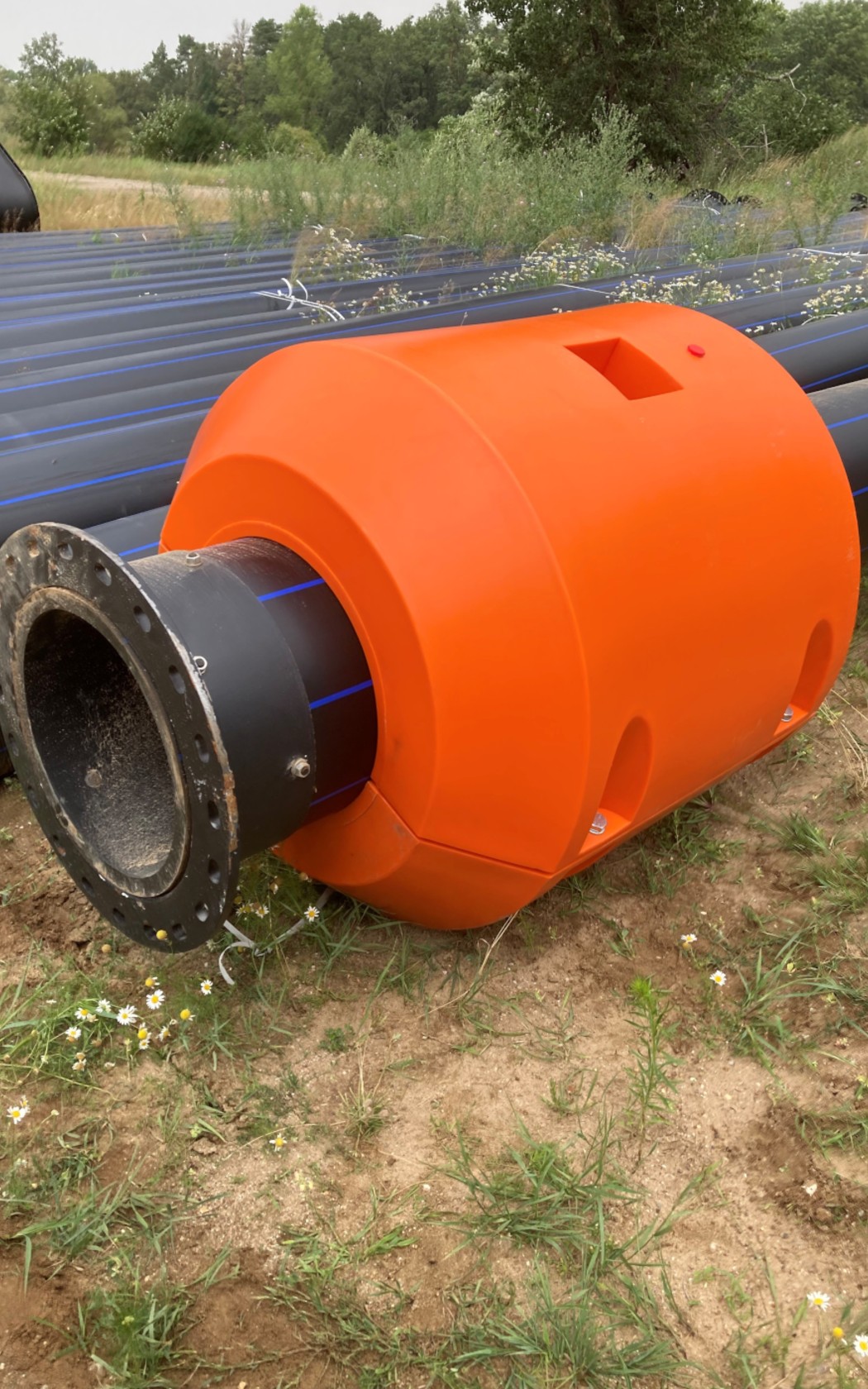How to choose tubular floats?
2021-01-13
To properly select pipe and cable floats, it is essential to select the correct buoyancy to support the weight of the pipes and additional loads.

How to choose pipe floats for pipes and cables?
Choosing the right pipe floats is key to ensuring safe and efficient floating of pipes and cables. There are several important factors to consider to ensure that you get the solution that is right for your needs.
Key aspects to look for:
Buoyancy: This is the most important parameter. The floats must generate enough buoyancy to counteract the weight of the pipe or cable and additional loads (e.g. water current, weather conditions). It is always a good idea to add a safety margin.
Pipe/cable diameter: Pipe floats are available in a variety of internal dimensions to perfectly match the diameter of the item being lifted. This ensures a stable and secure mount.
Material: Choose a material that is resistant to environmental conditions, including UV radiation, corrosion and mechanical damage. Popular and durable materials include high-density polyethylene (HDPE).
Float length: Longer floats provide greater stability and spread the load over a larger area. Shorter floats can be more economical for smaller loads.
Mounting method: Make sure ensure that the float mounting system chosen (e.g. latches, clamps) is simple, quick and provides a secure hold on the pipe or cable.
Operating conditions: Consider the conditions in which the floats will be used (fresh water, salt water, water temperature, exposure to strong currents). Some materials may be more suitable for specific conditions.
A thorough analysis of these factors will allow you to select pipe floats that will effectively secure and hold your pipes and cables on the water surface for a long time. If in doubt, it is worth consulting a specialist.
